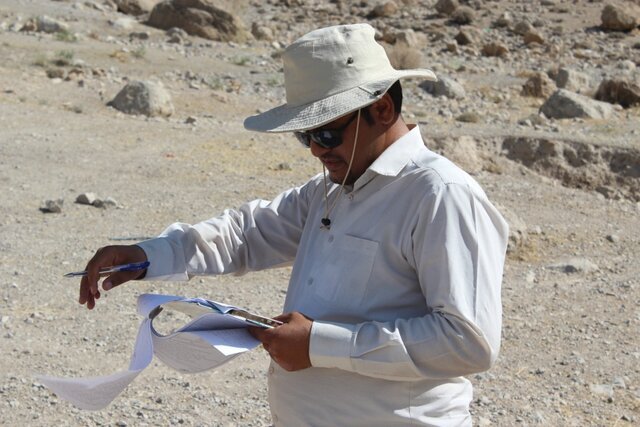Mapping survey discovers ancient sites in southern Iran

TEHRAN – Tens of centuries-old relics and sites have recently been discovered during a mapping survey, which is underway across the Marvdasht plain, which is an archaeologically-rich area once the seat of power for the Achaemenid Persian Empire (c. 550 – 330 BC) in southern Iran.
The survey, supervised by Iranian archaeologist Vahid Barani, is also aimed demarcate the third boundary layer over the UNESCO-tagged Persepolis and Marvdasht country. It also tries to shed new light on the chronology of ancient settlements, amassing data on so-far unearthed relics (potteries, stone tools.
“So far, 150 ancient relics, dating from the Neolithic era to the Islamic epoch have been discovered during the third season of mapping survey being conducted across the Marvdasht plain,” Barani said on Monday.
Barani explained that one of the most important goals of this archeological season is to discover the chronological sequence, prepare a comprehensive archaeological map for Marvdasht plain and collect archaeological data and develop the database of the UNESCO World Heritage site of Persepolis.
“Due to the dispersion of ancient sites in the Marvdasht plain, by preparing GIS (Geographic Information System) maps and attaching these maps to each other, a coherent archaeological map can be prepared to better understand settlement patterns in this area.”
“Surveys have been carried out across ancient hills and sites situated on mountain slopes which were once home to temporary settlements or single-period ones, as well as low-altitude vast hills across the plain which once embraced a sequence [of settlements] from Neolithic to the Islamic eras.”
The ancient region, known as Pars (Fars), or Persis (q.v.), was the heart of the Achaemenid Empire, which was founded by Cyrus the Great and had its capital at Pasargadae. Darius I the Great moved the capital to nearby Persepolis in the late 6th or early 5th century BC. Alexander the Great defeated the Achaemenian army at Arbela in 331 and burned Persepolis.
Persis became part of the Seleucid kingdom in 312 after Alexander’s death. The Parthian empire (247 BC– 224 CE) of the Arsacids (corresponding roughly to the modern Khorasan in Iran) replaced the rule of the Seleucids in Persis during 170–138 BC. The Sasanid Empire (224 CE–651) had its capital at Istkhr. Not until the 18th century, under the Zand dynasty (1750–79) of southern Iran, did Fars again became the heart of an empire, this time with its capital at Shiraz.
AFM/MG
Leave a Comment